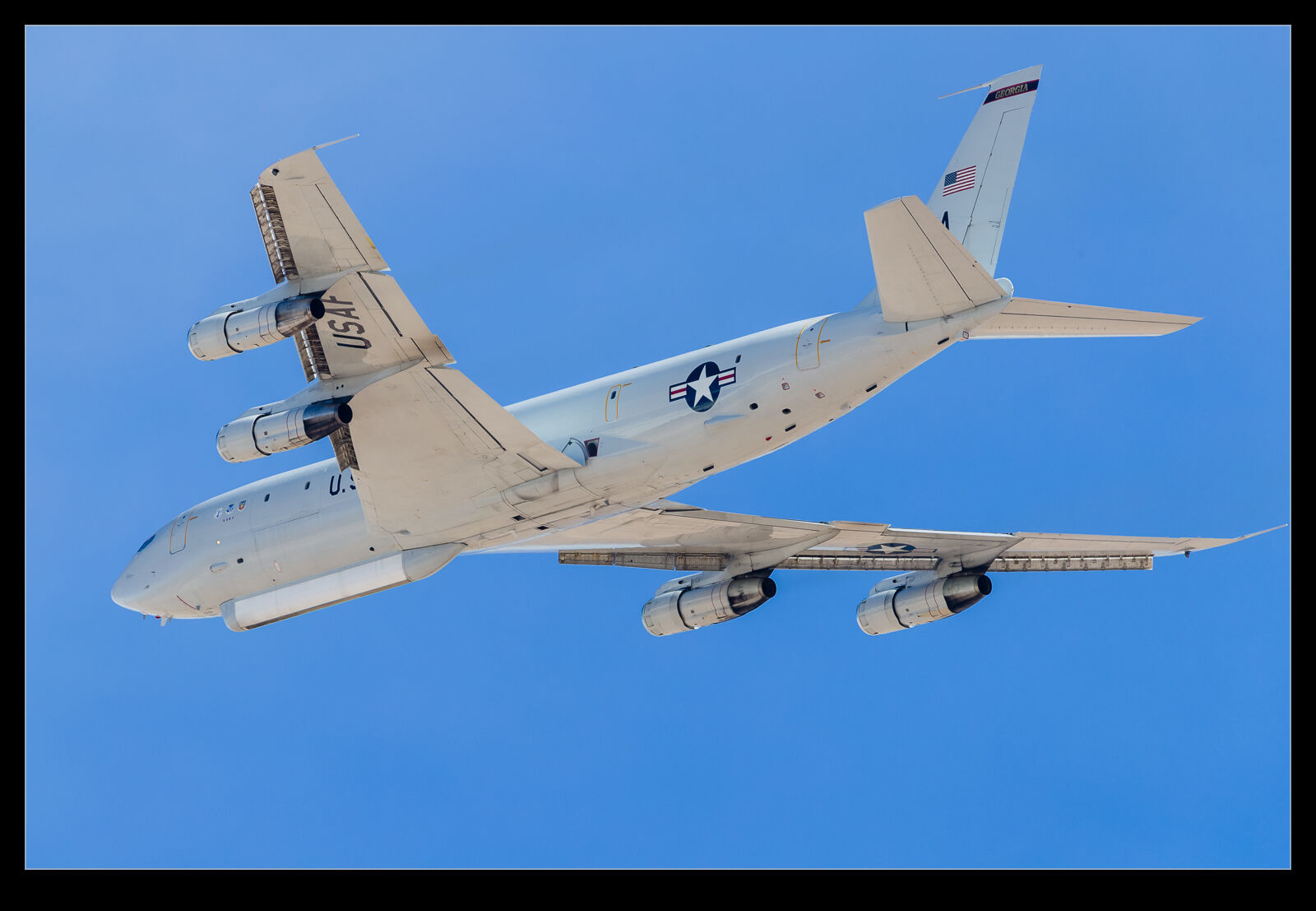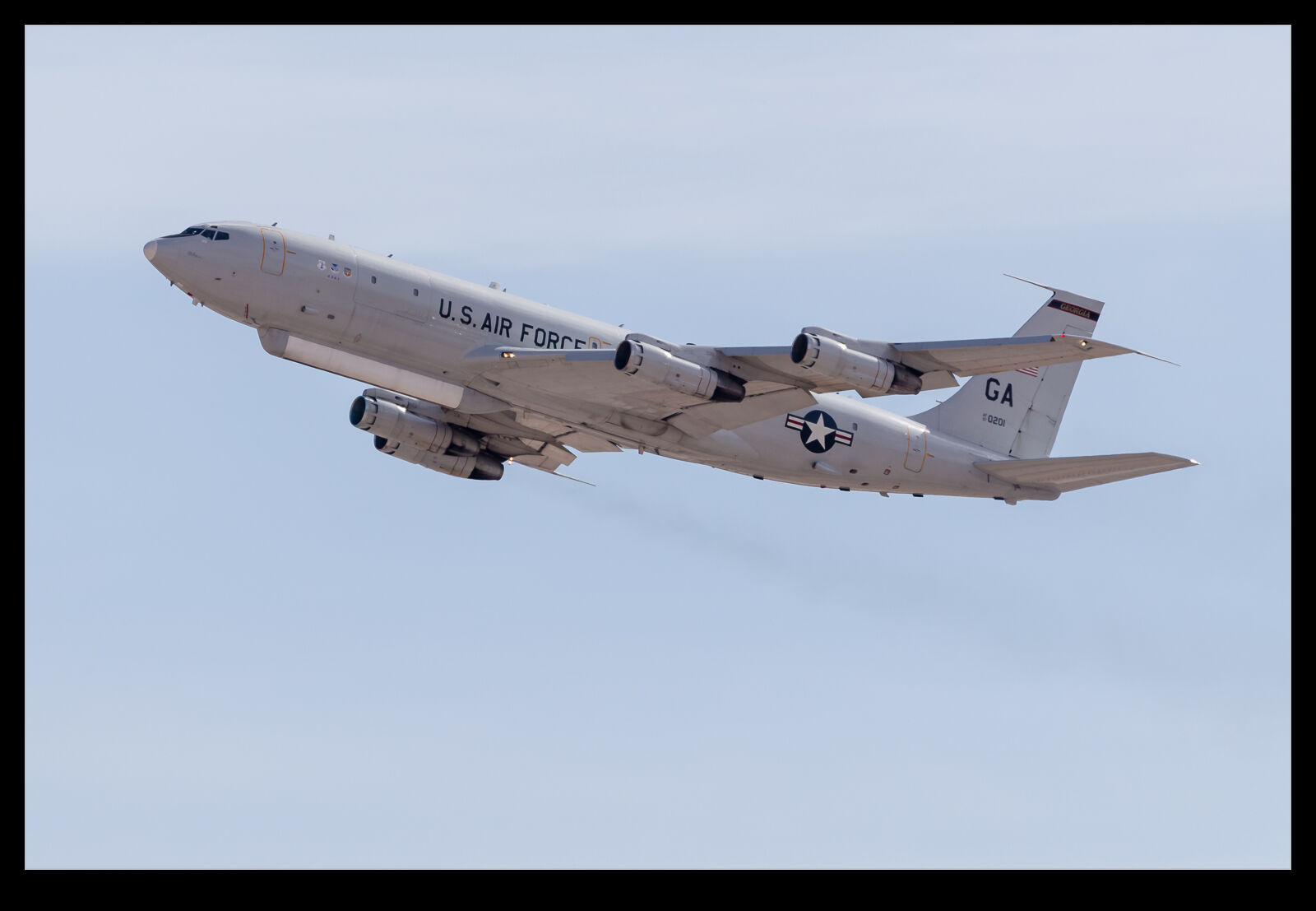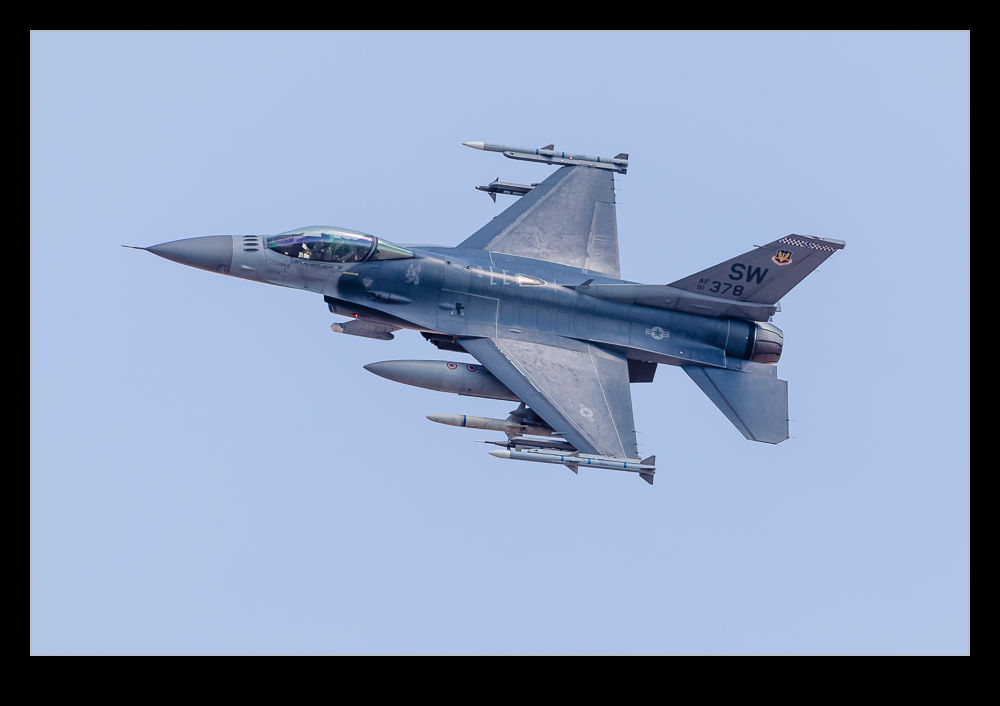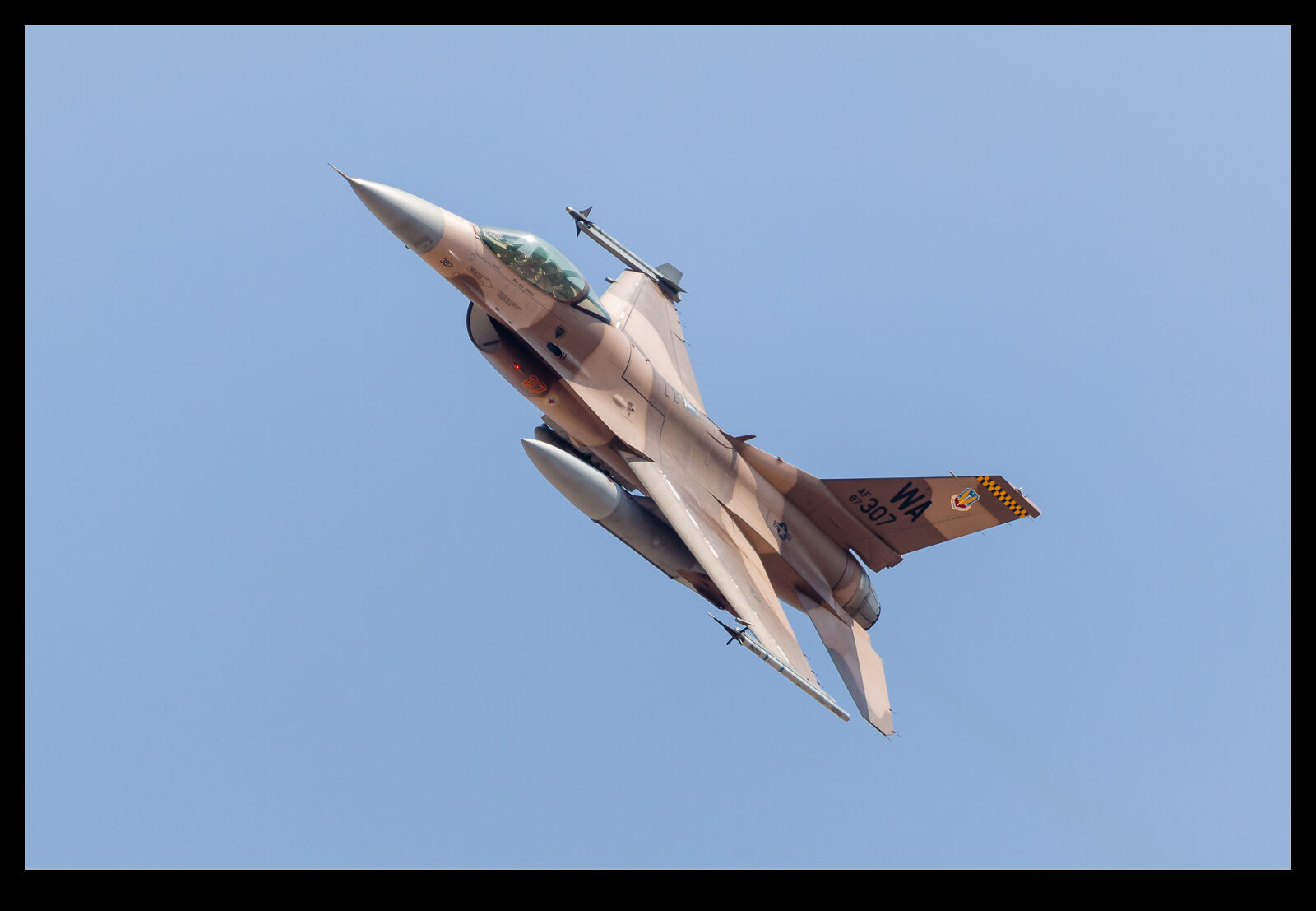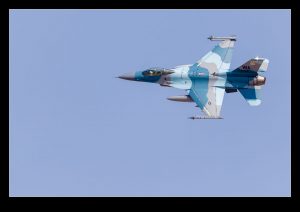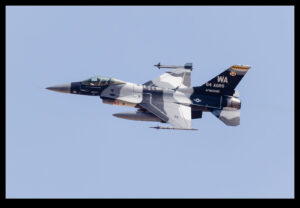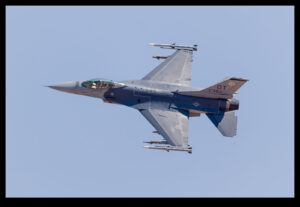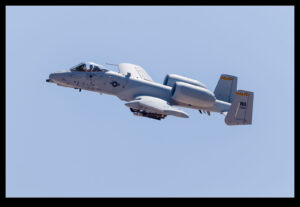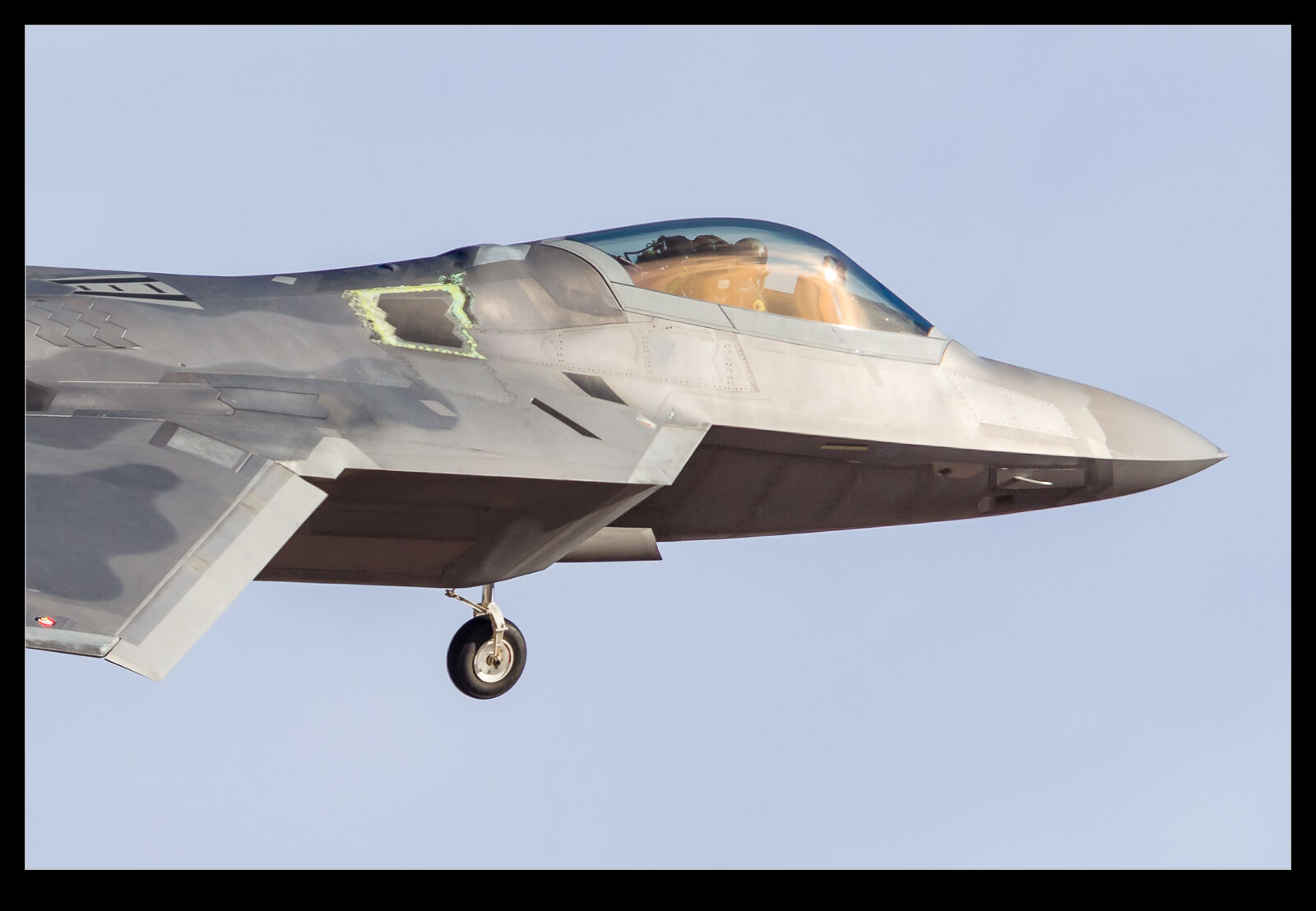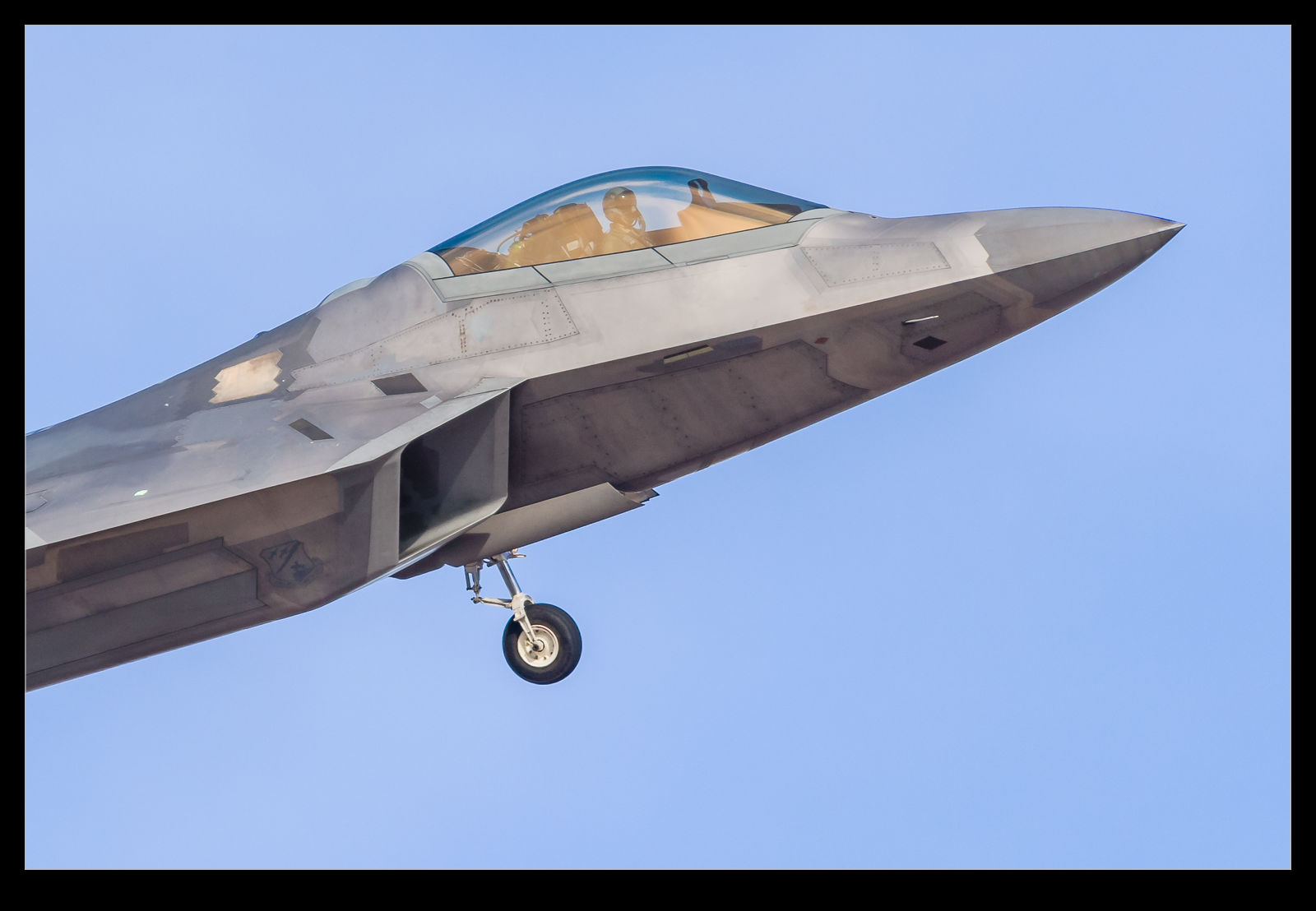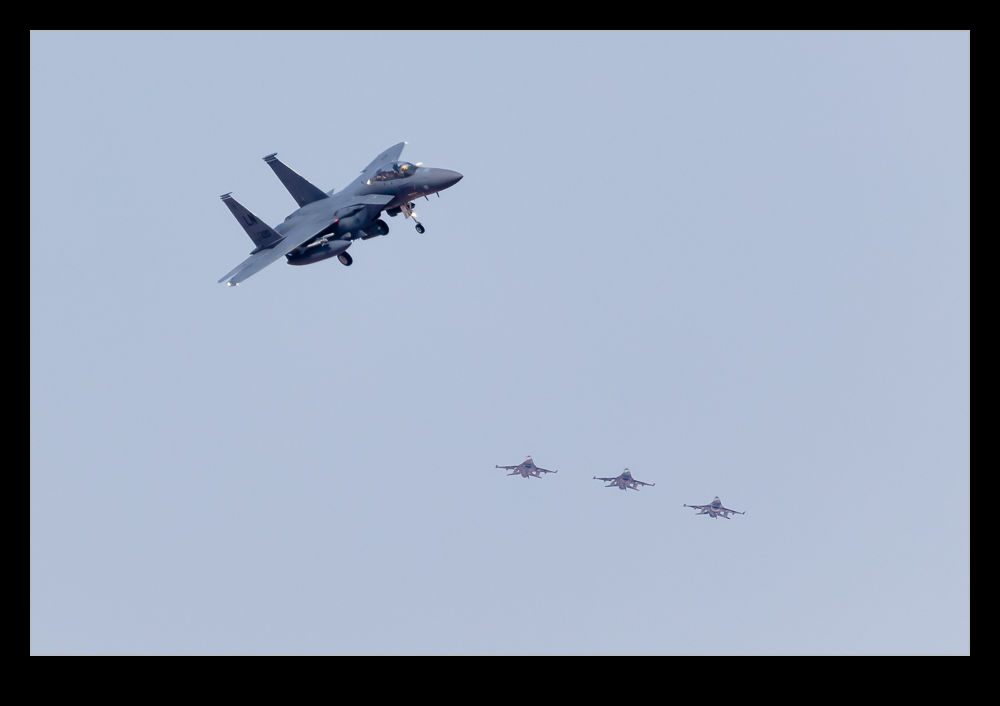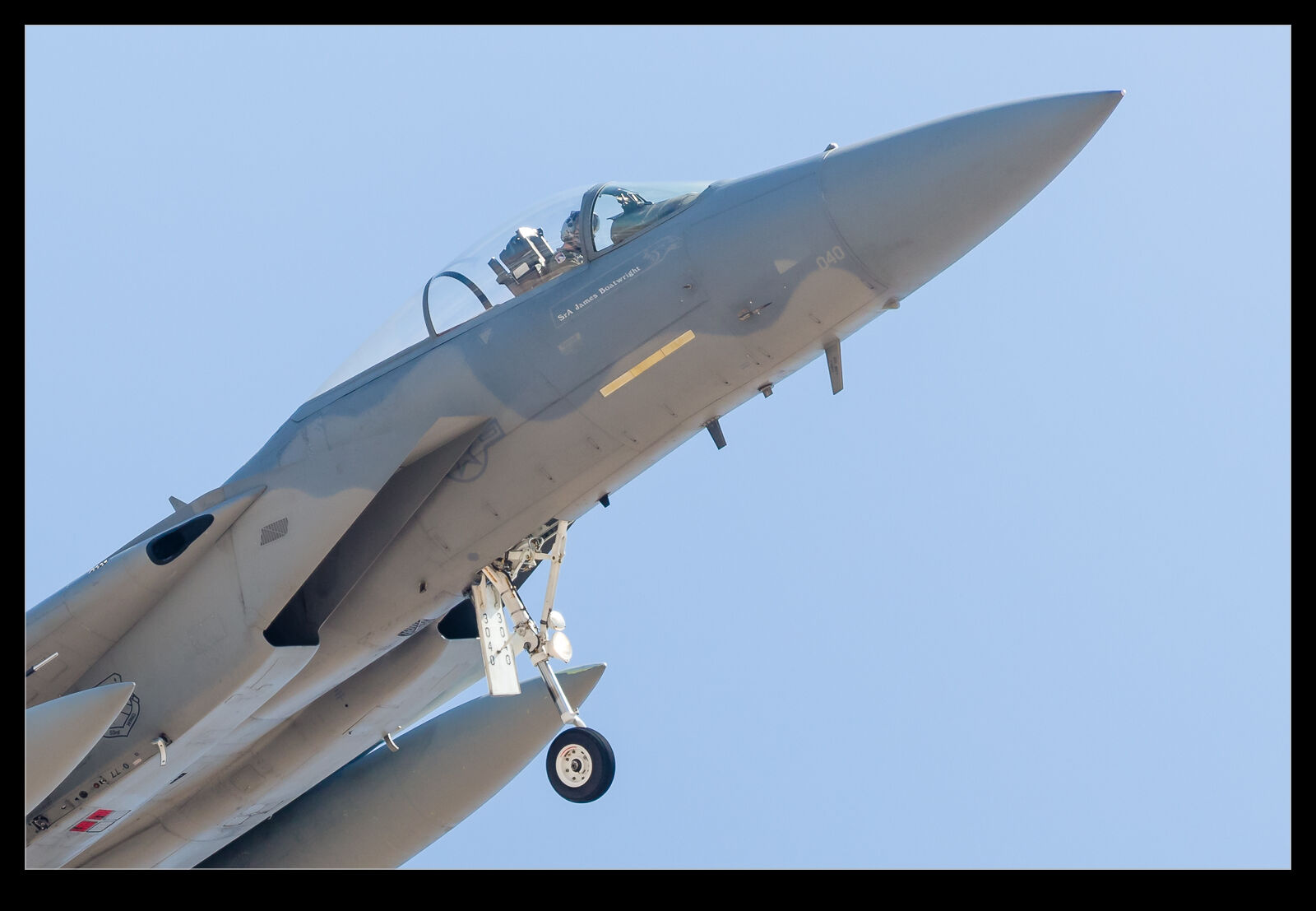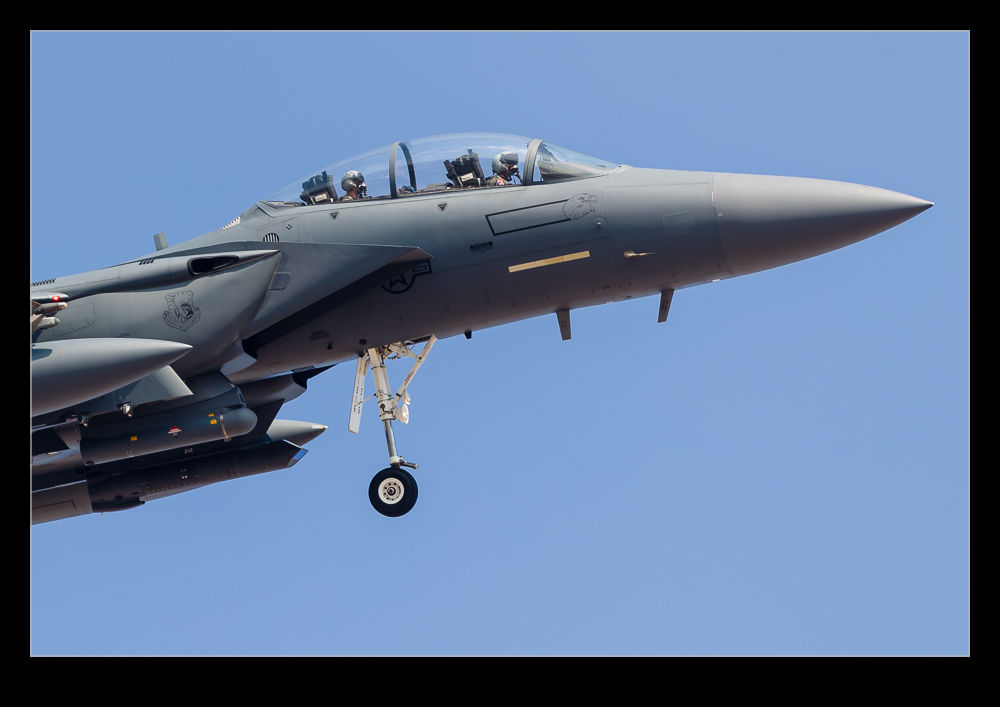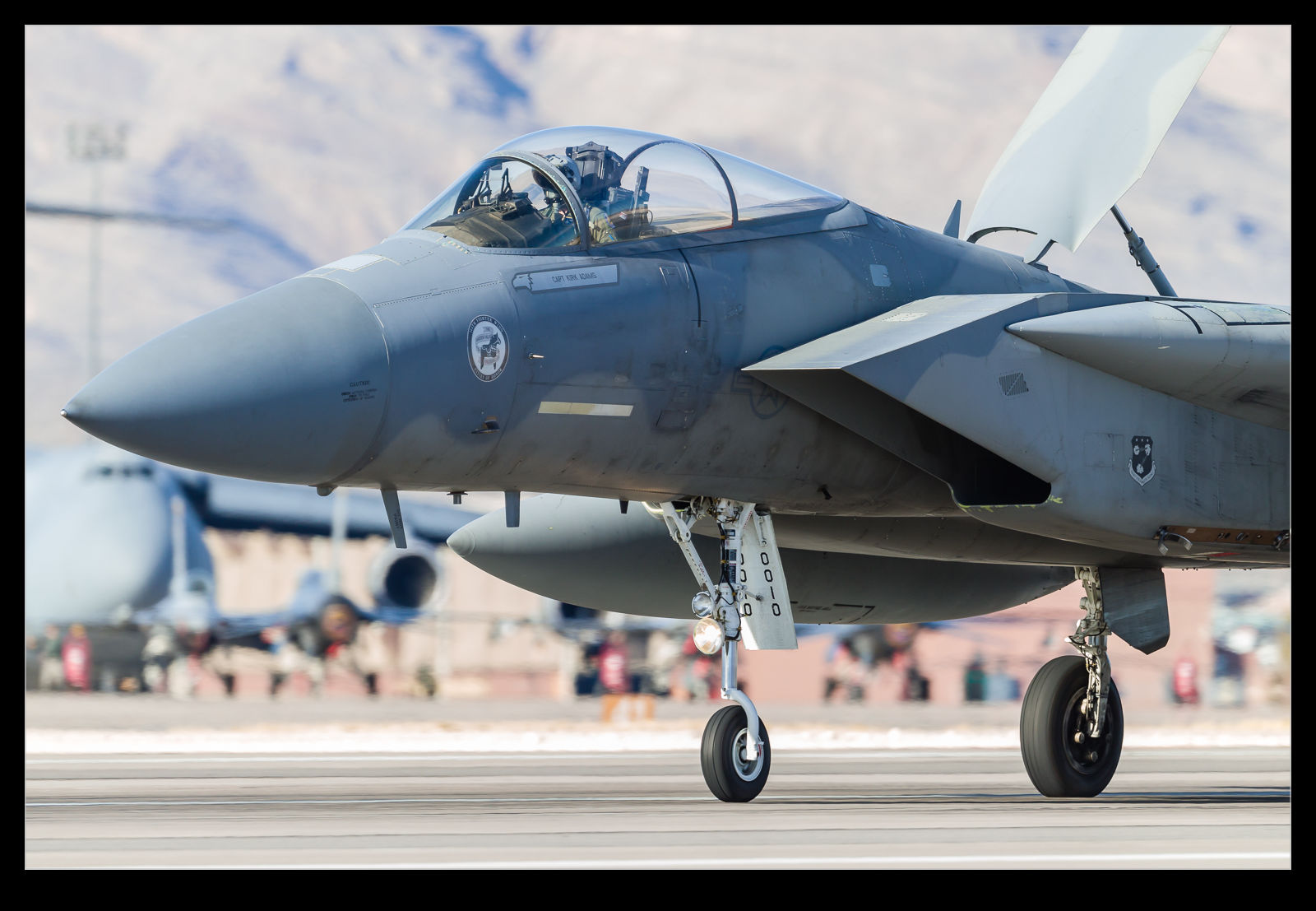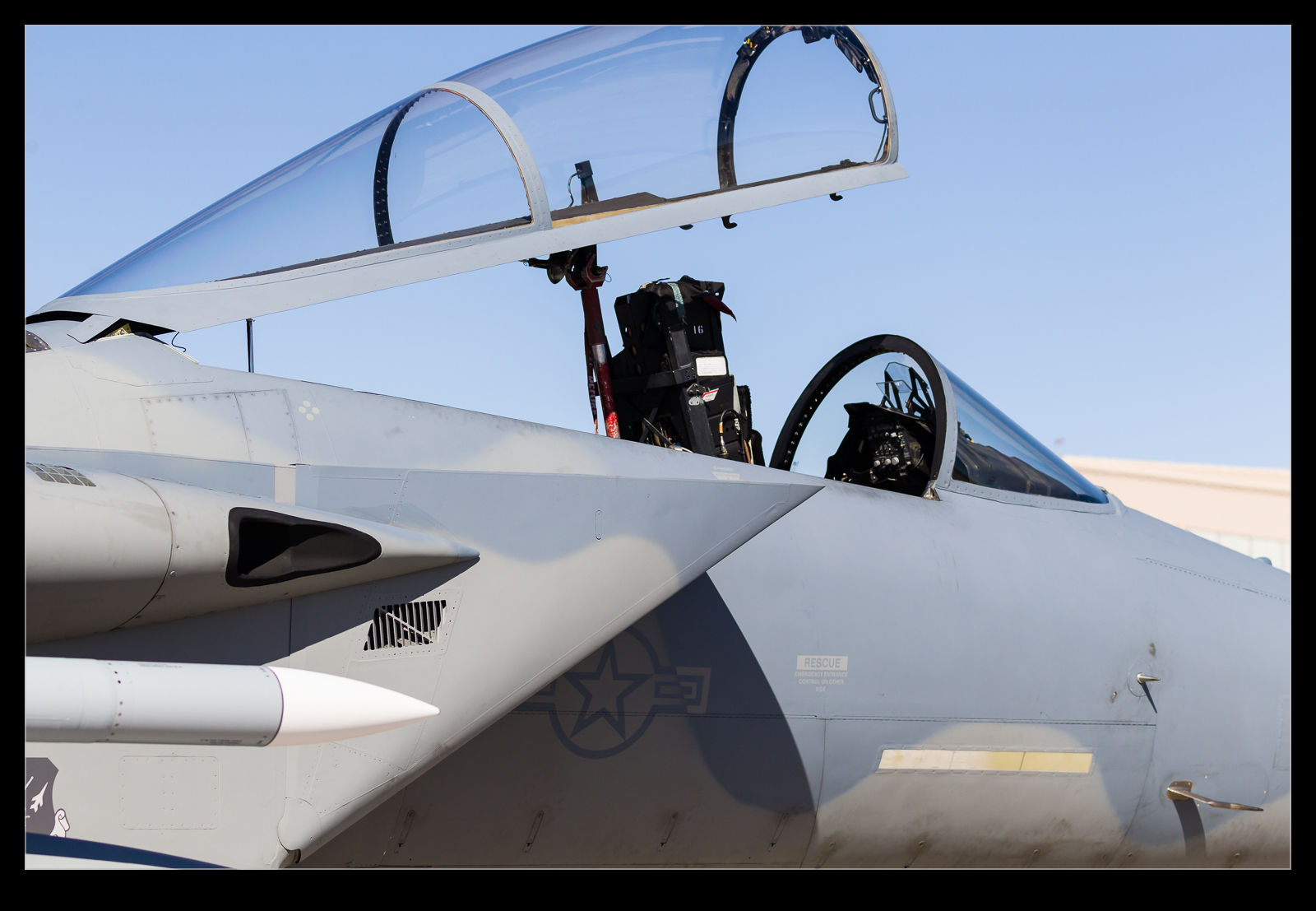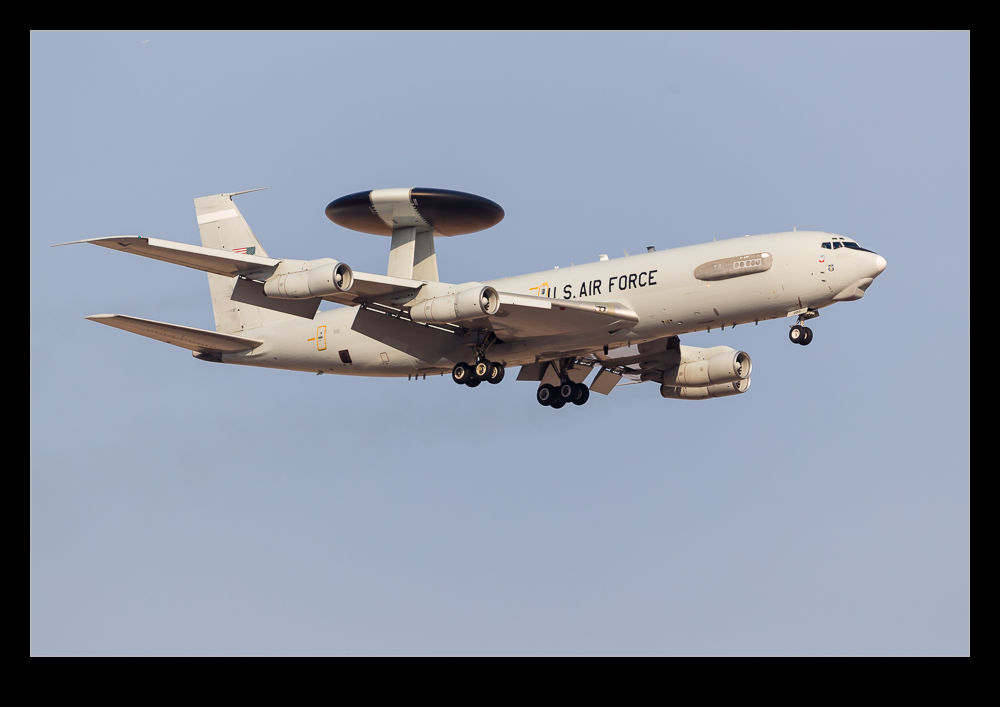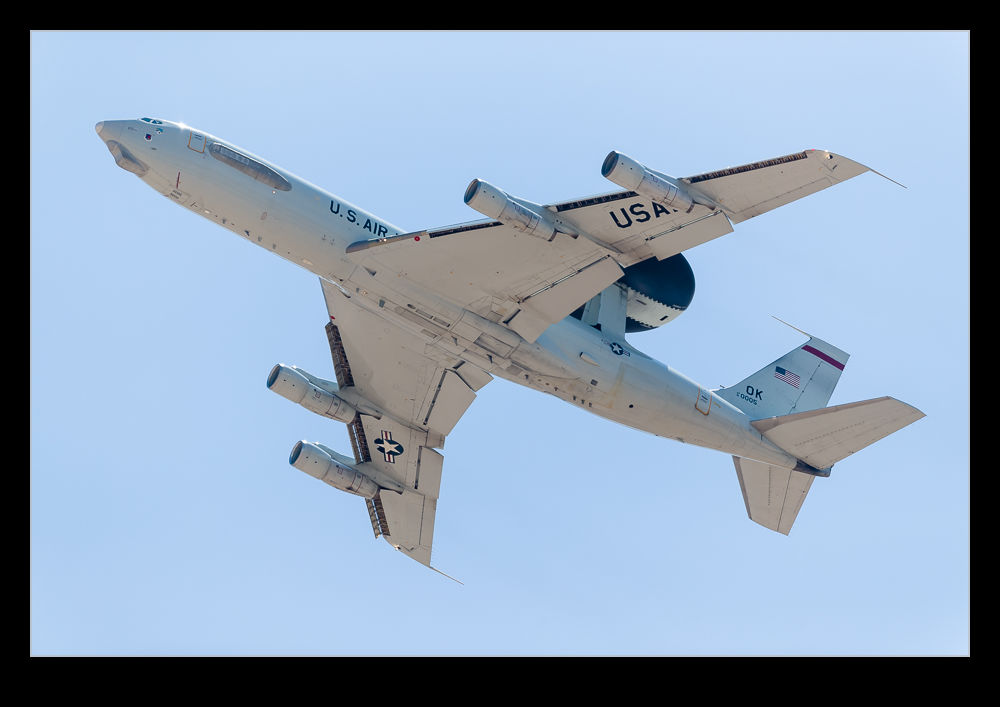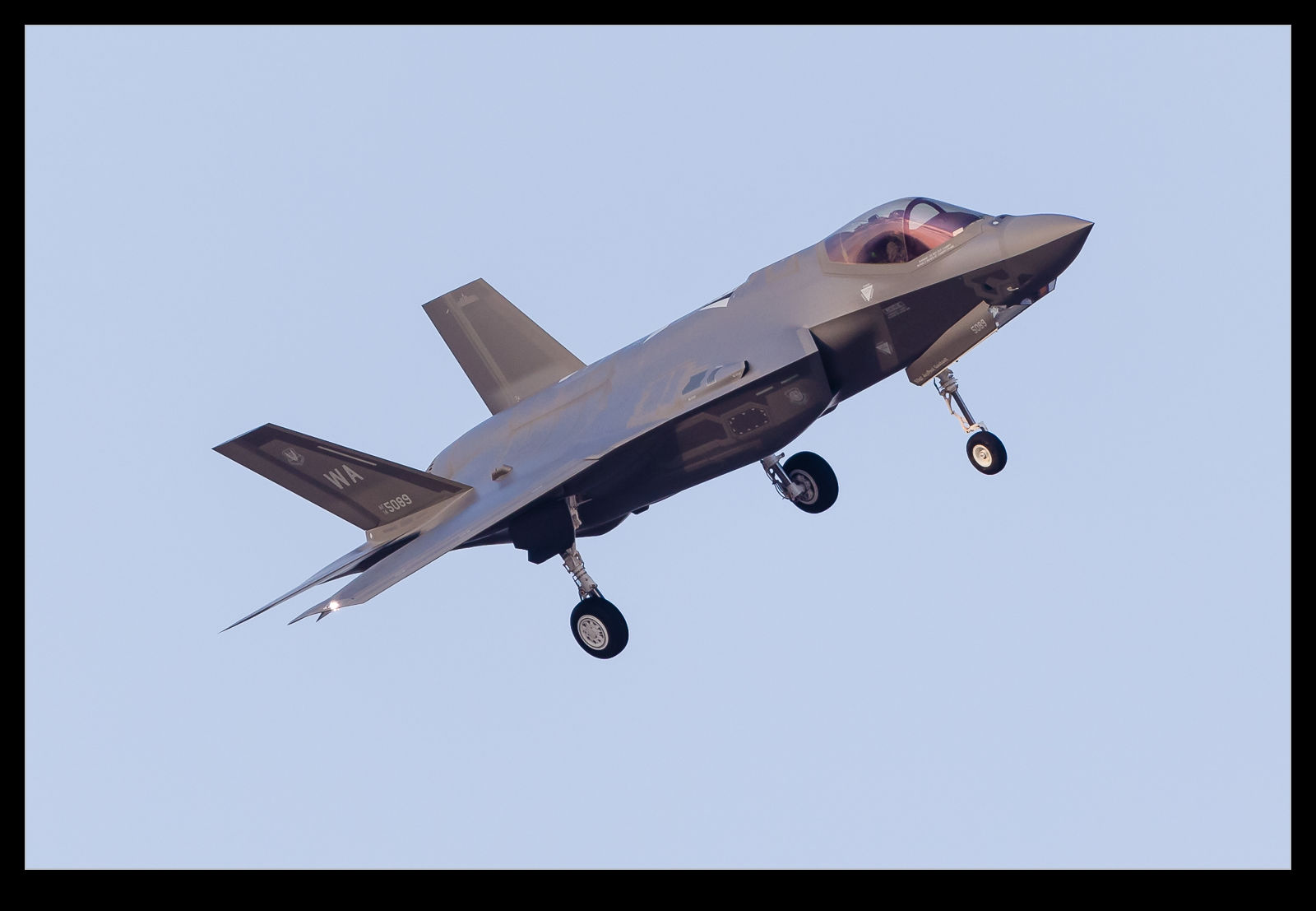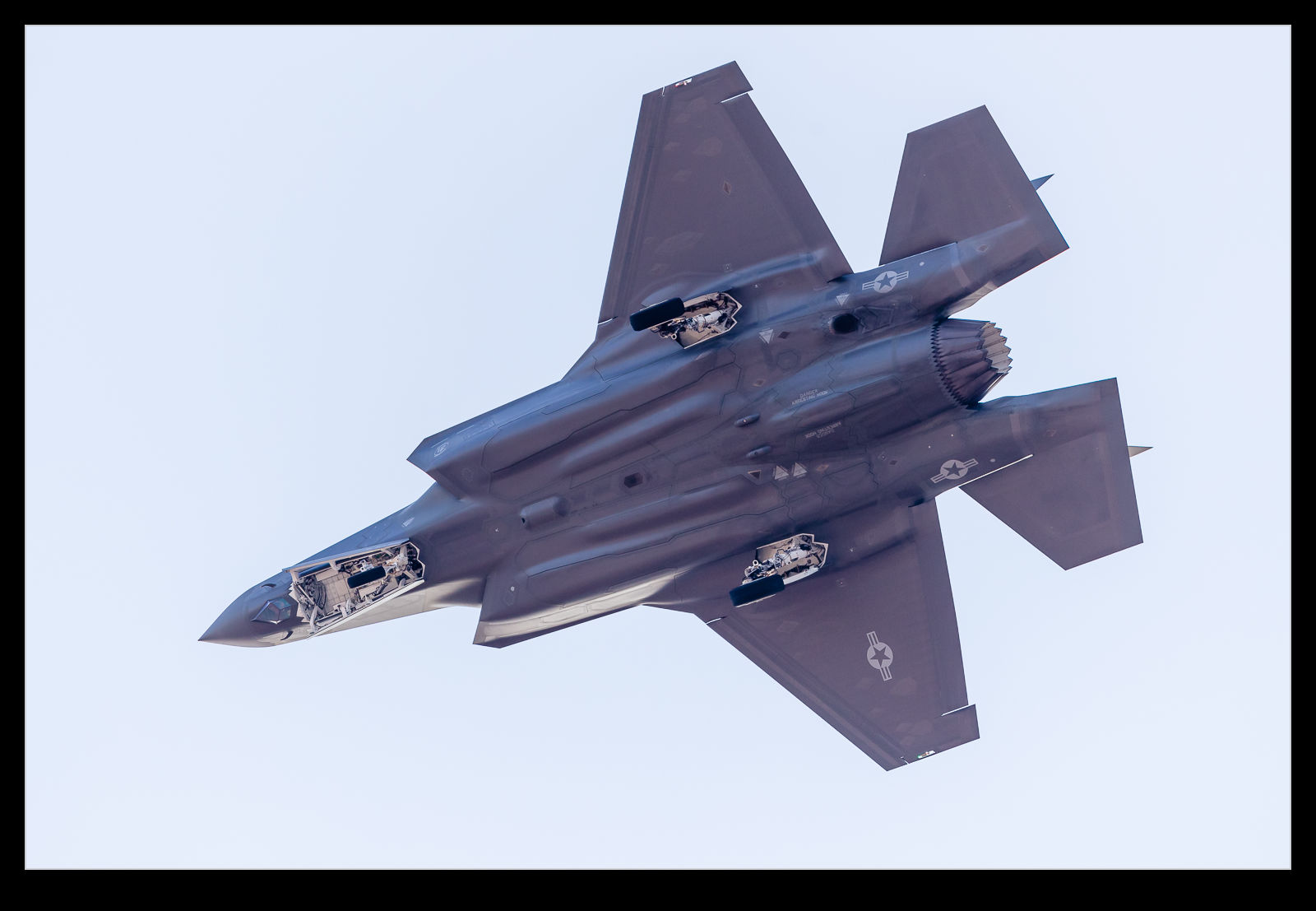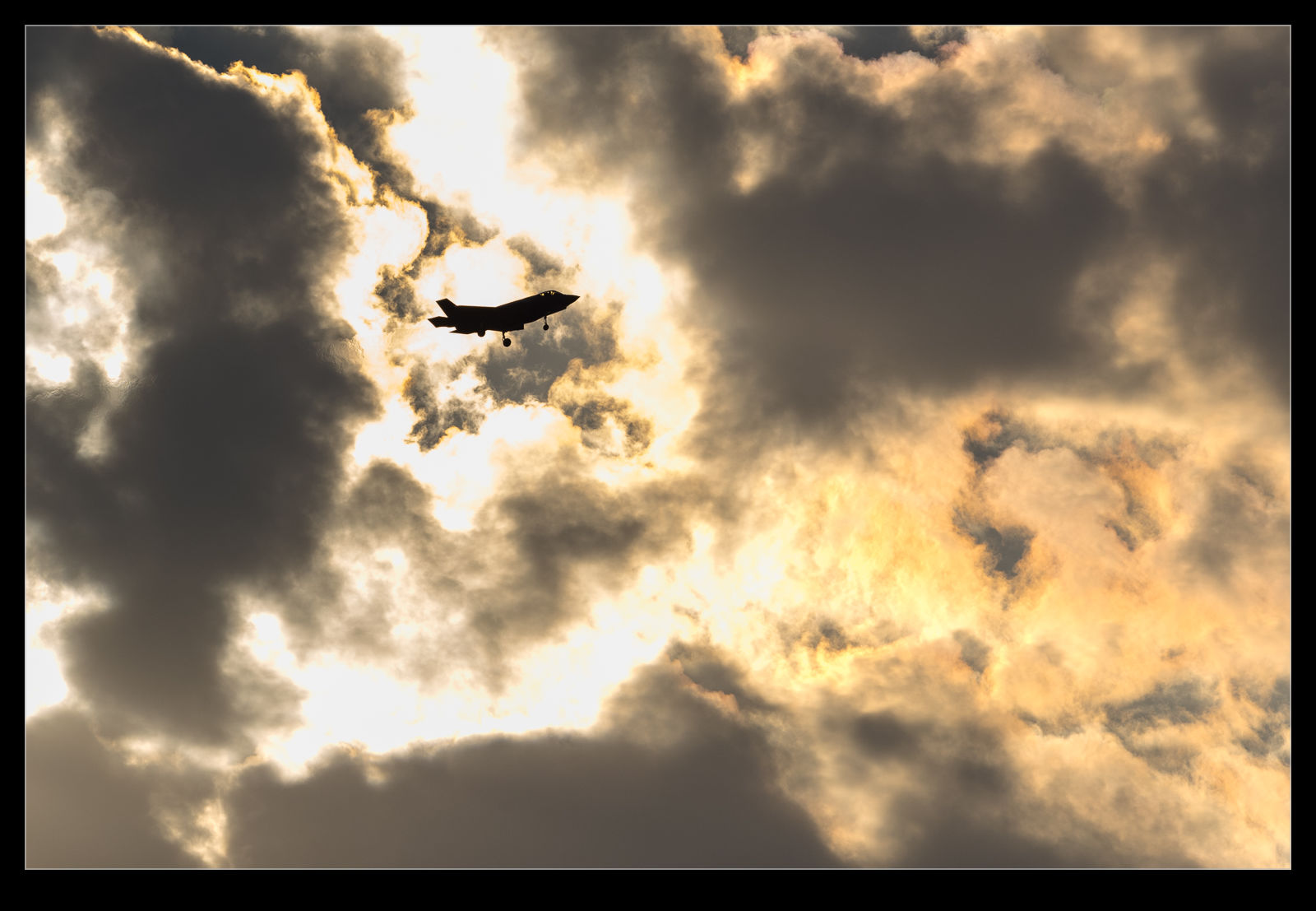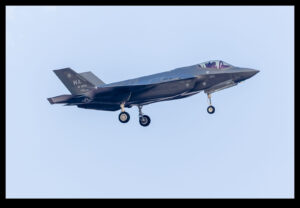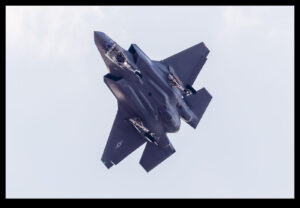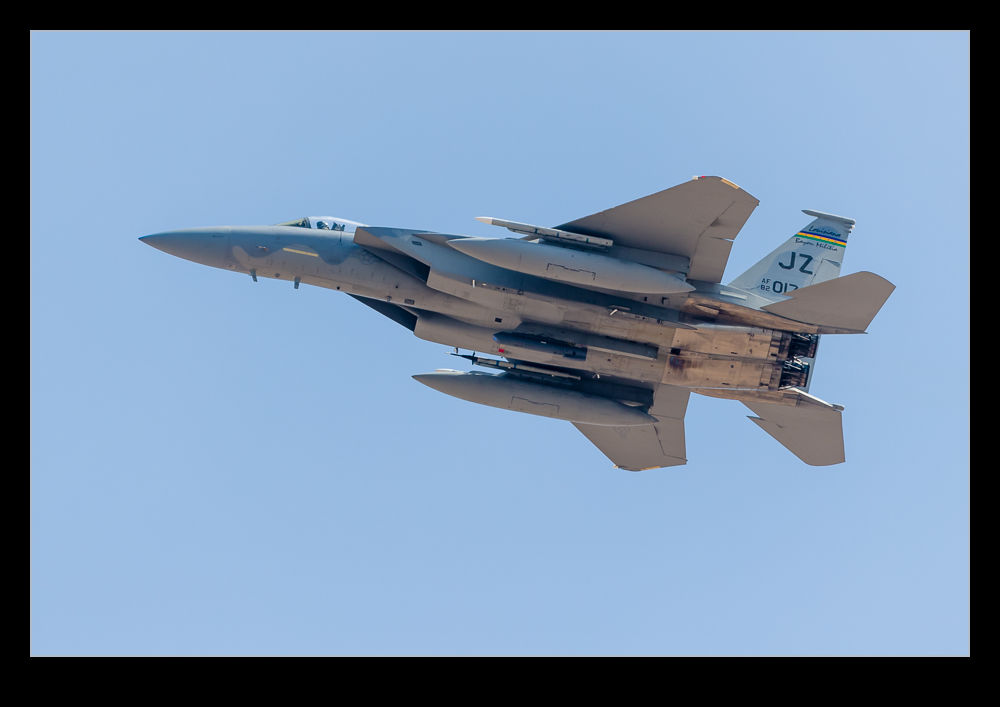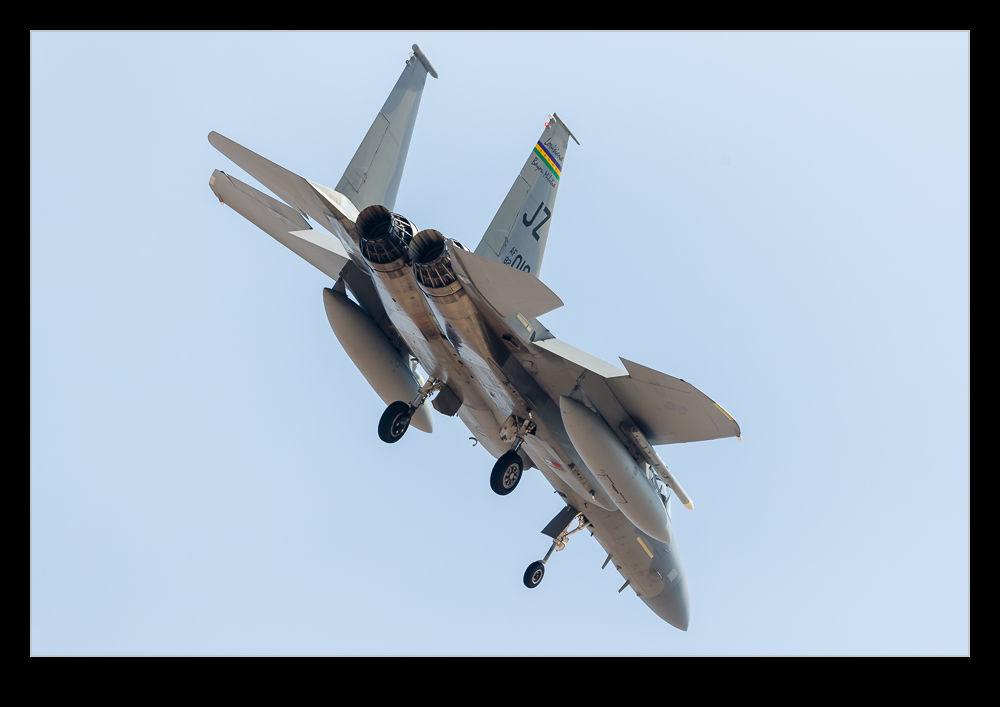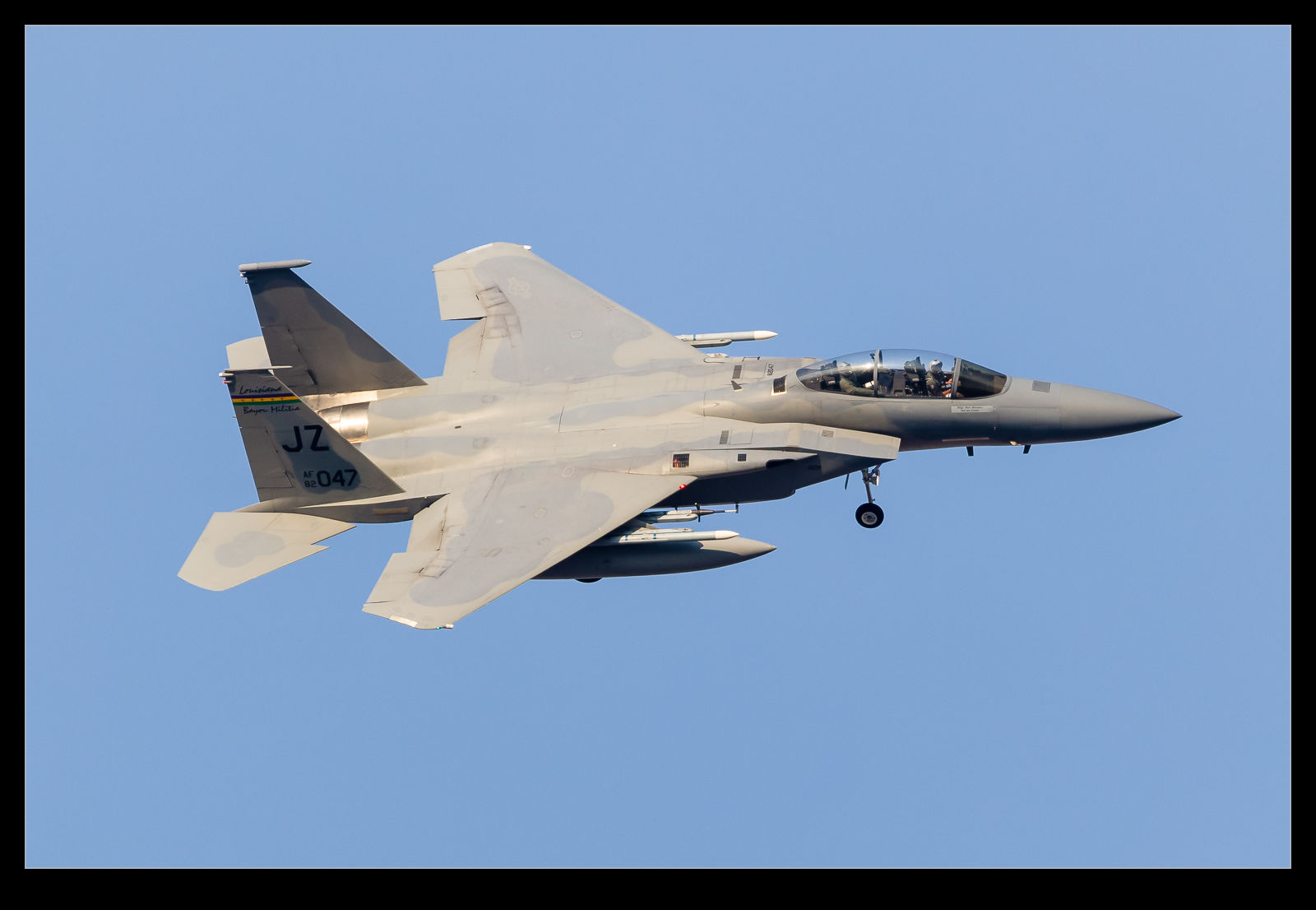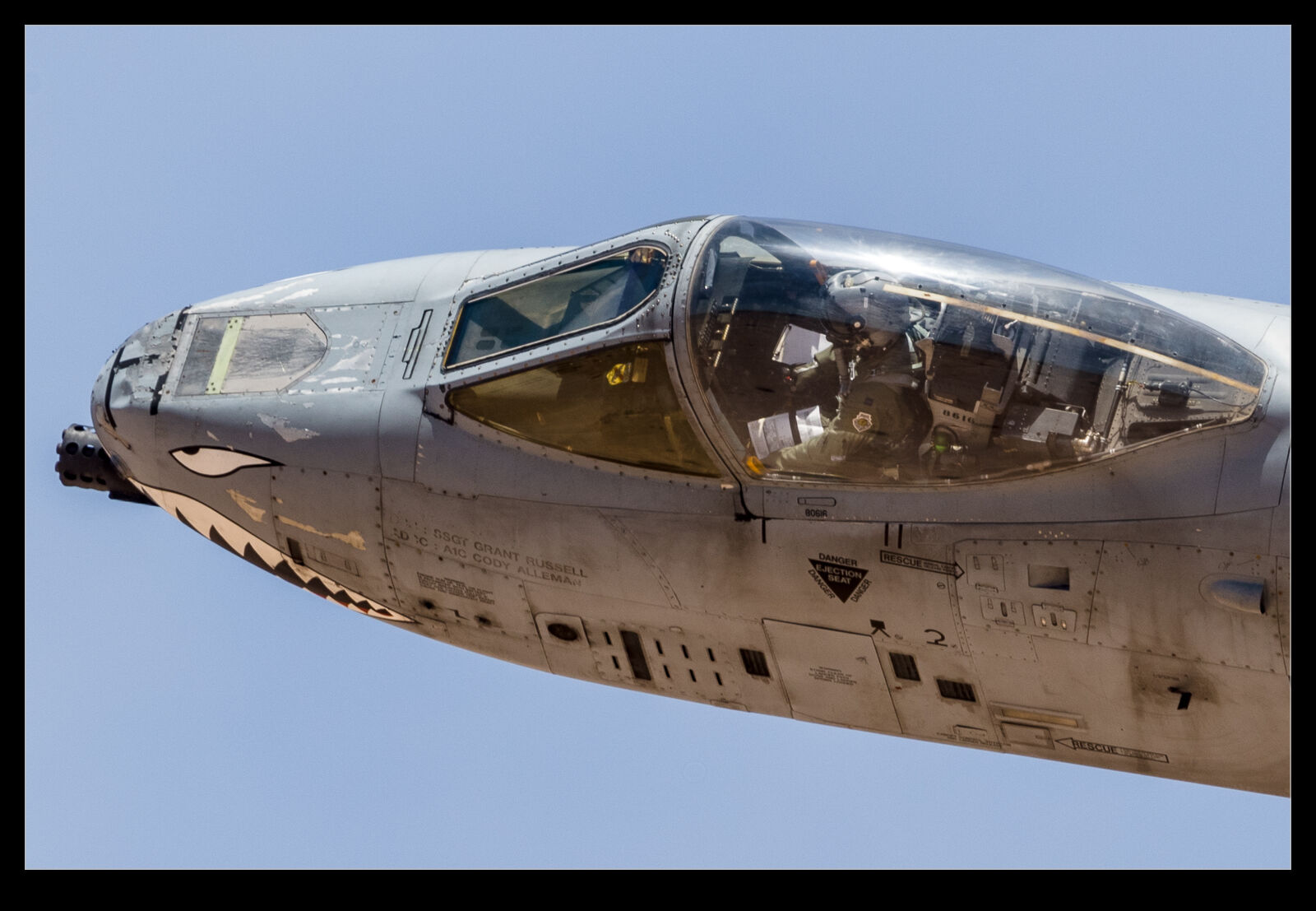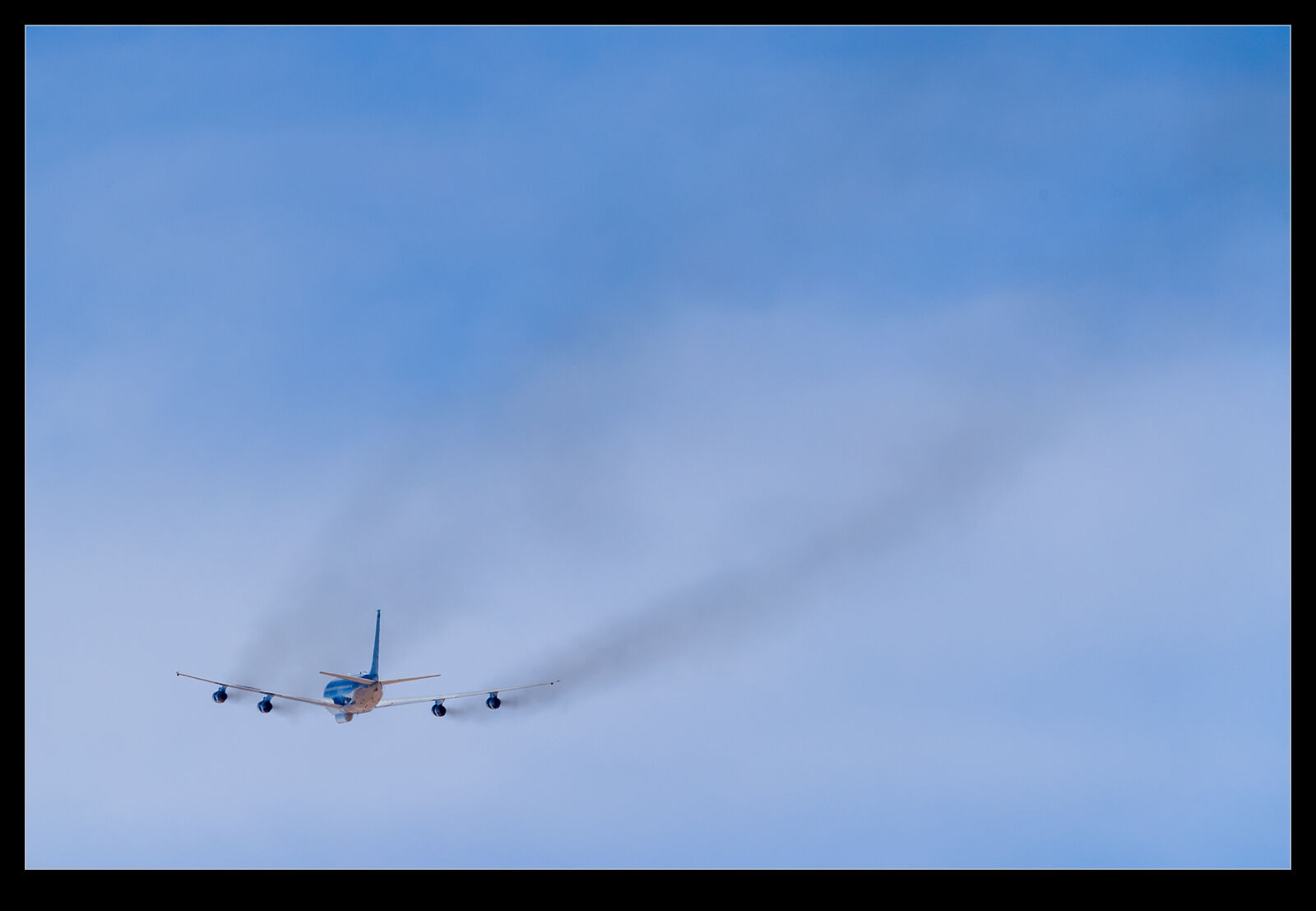 A jet I don’t often get to see in action is the E-8 JSTARS. There aren’t a huge number of them and they often fly at times that don’t suit photography so I have not previously got a lot of shots of them and certainly not too many in flight. Based on the 707-300 airframe, they were pretty old when they were selected for conversion to the JSTARs mission. They are definitely showing their age and the USAF is in the process of competing for a replacement program. There are a few years left for the E-8 but they won’t be around for too much longer.
A jet I don’t often get to see in action is the E-8 JSTARS. There aren’t a huge number of them and they often fly at times that don’t suit photography so I have not previously got a lot of shots of them and certainly not too many in flight. Based on the 707-300 airframe, they were pretty old when they were selected for conversion to the JSTARs mission. They are definitely showing their age and the USAF is in the process of competing for a replacement program. There are a few years left for the E-8 but they won’t be around for too much longer.
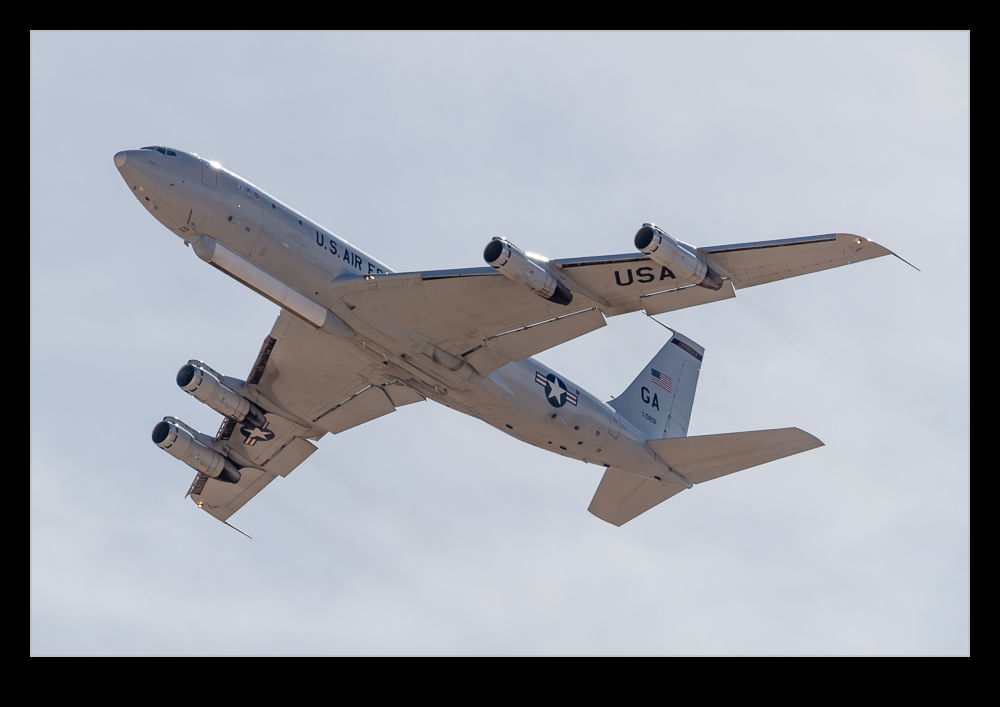 One feature of their age is the engines that they have. The jets are fitted with old JT3D engines. A program had been put in place to re-engine them with JT8Ds and a modified jet did fly. However, the program was put on hold due to the potential for a replacement aircraft making the payback period unviable. As a result, we got the old smoky jets. It isn’t as bad as the old pure jet days of the KC-135s and B-52s but it still is easy to track the jet as it climbs out courtesy of the black trail it leaves behind.
One feature of their age is the engines that they have. The jets are fitted with old JT3D engines. A program had been put in place to re-engine them with JT8Ds and a modified jet did fly. However, the program was put on hold due to the potential for a replacement aircraft making the payback period unviable. As a result, we got the old smoky jets. It isn’t as bad as the old pure jet days of the KC-135s and B-52s but it still is easy to track the jet as it climbs out courtesy of the black trail it leaves behind.
